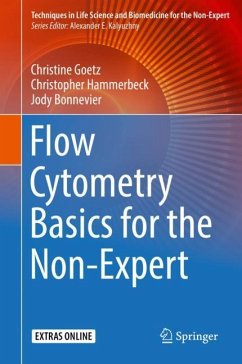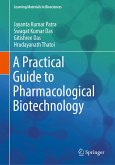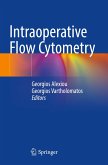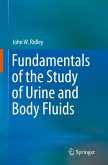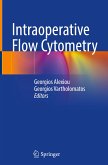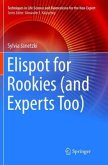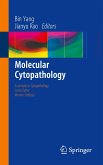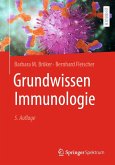This first edition volume demystifies the complex topic of flow cytometry by providing detailed explanations and nearly 120 figures to help novice flow cytometry users learn and understand the bedrock principles necessary to perform basic flow cytometry experiments correctly.
The book divides the topic of flow cytometry into easy to understand sections and covers topics such as the physics behind flow cytometry, flow cytometry lingo, designing flow cytometry experiments and choosing appropriate fluorochromes, compensation, sample preparation and controls and ways to assess cellular function using a variety of flow cytometry assays. Written as a series of chapters whose concepts sequentially build off one another, using the list of materials contained within each section along with the readily reproducible laboratory protocols and tips on troubleshooting that are included, readers should be able to reproduce the data figures presented throughout the book on their way to mastering sound basic flow cytometry techniques.
Easy to understand and comprehensive, Flow Cytometry Basics for the Non-Expert will be a valuable resource to novice flow cytometry users as well as experts in other biomedical research fields who need to familiarize themselves with a basic understanding of how to perform flow cytometry and interpret flow cytometry data. This book is written for both scientists and non-scientists in academia, government, biotechnology, and medicine.
The book divides the topic of flow cytometry into easy to understand sections and covers topics such as the physics behind flow cytometry, flow cytometry lingo, designing flow cytometry experiments and choosing appropriate fluorochromes, compensation, sample preparation and controls and ways to assess cellular function using a variety of flow cytometry assays. Written as a series of chapters whose concepts sequentially build off one another, using the list of materials contained within each section along with the readily reproducible laboratory protocols and tips on troubleshooting that are included, readers should be able to reproduce the data figures presented throughout the book on their way to mastering sound basic flow cytometry techniques.
Easy to understand and comprehensive, Flow Cytometry Basics for the Non-Expert will be a valuable resource to novice flow cytometry users as well as experts in other biomedical research fields who need to familiarize themselves with a basic understanding of how to perform flow cytometry and interpret flow cytometry data. This book is written for both scientists and non-scientists in academia, government, biotechnology, and medicine.

